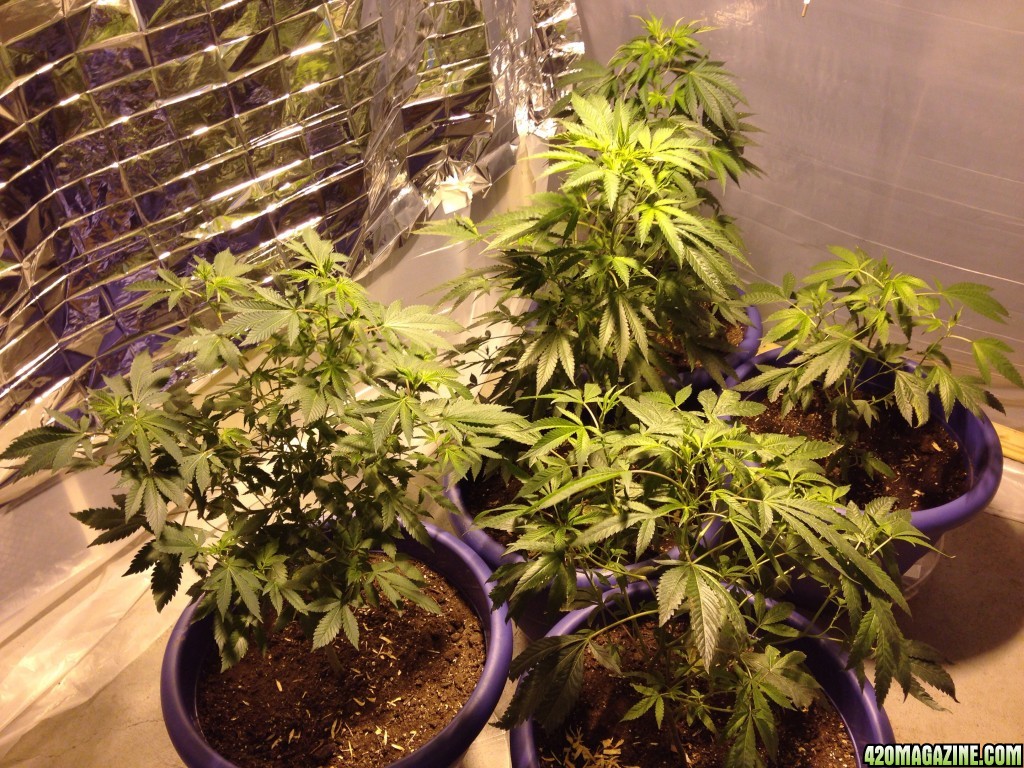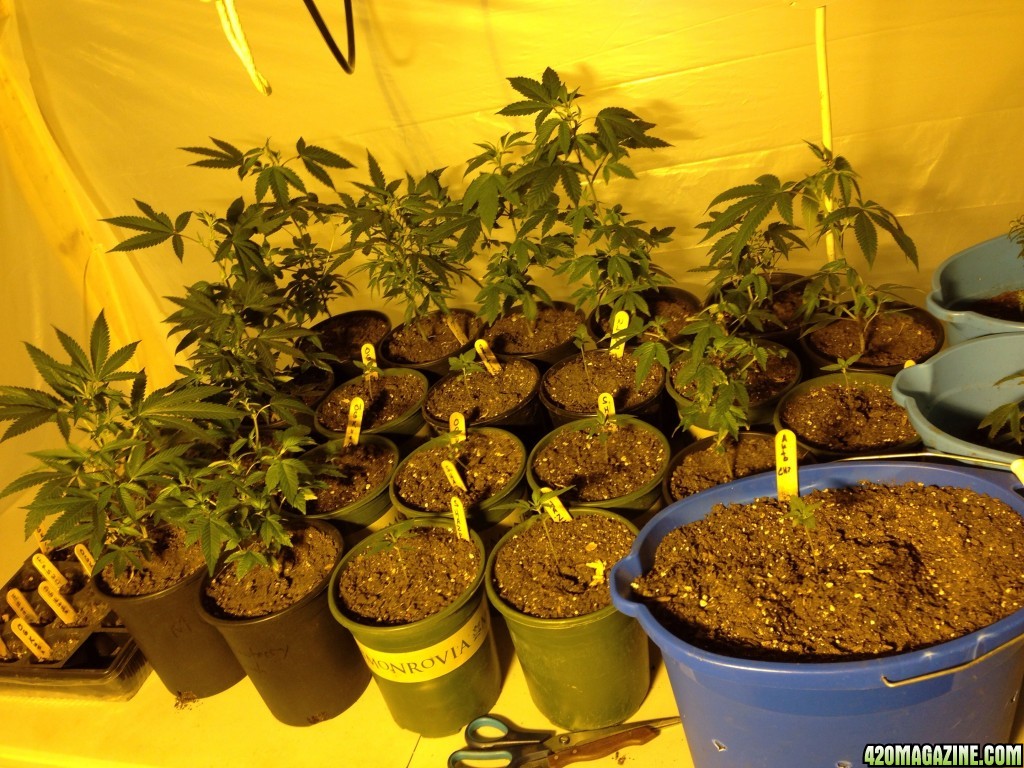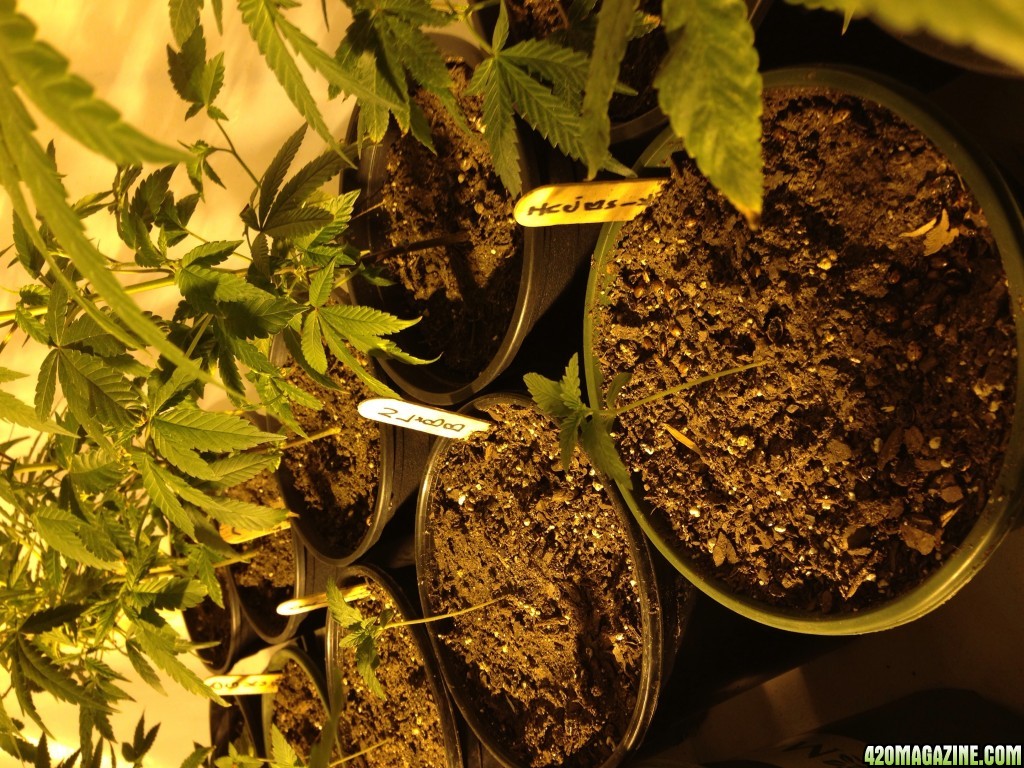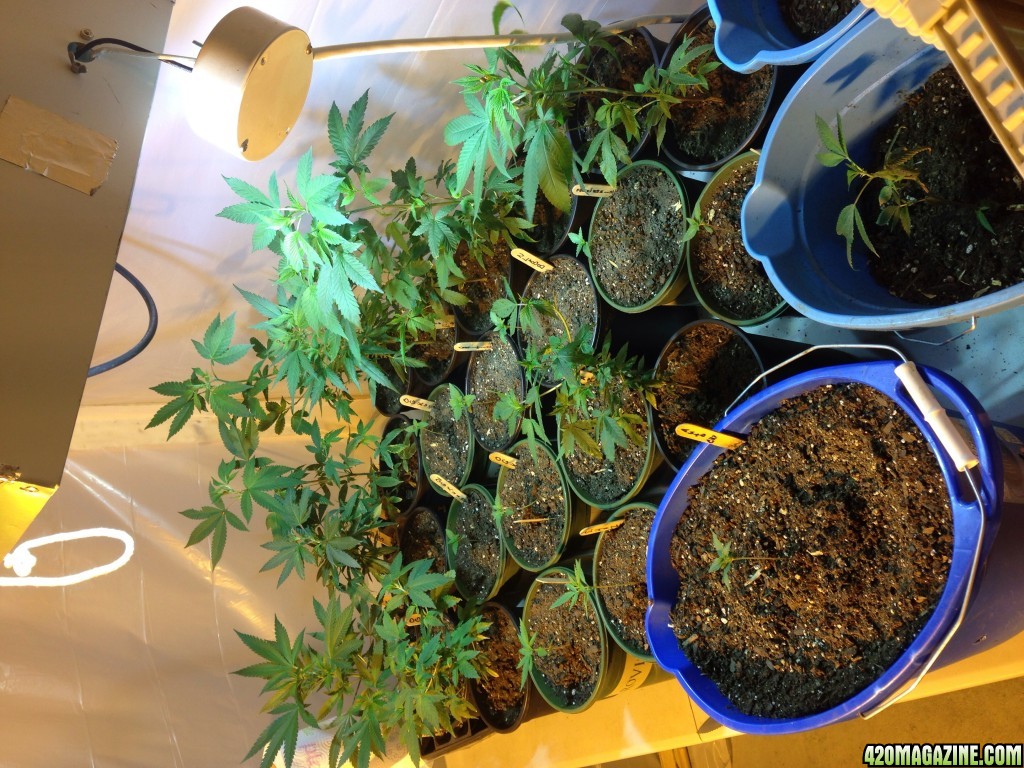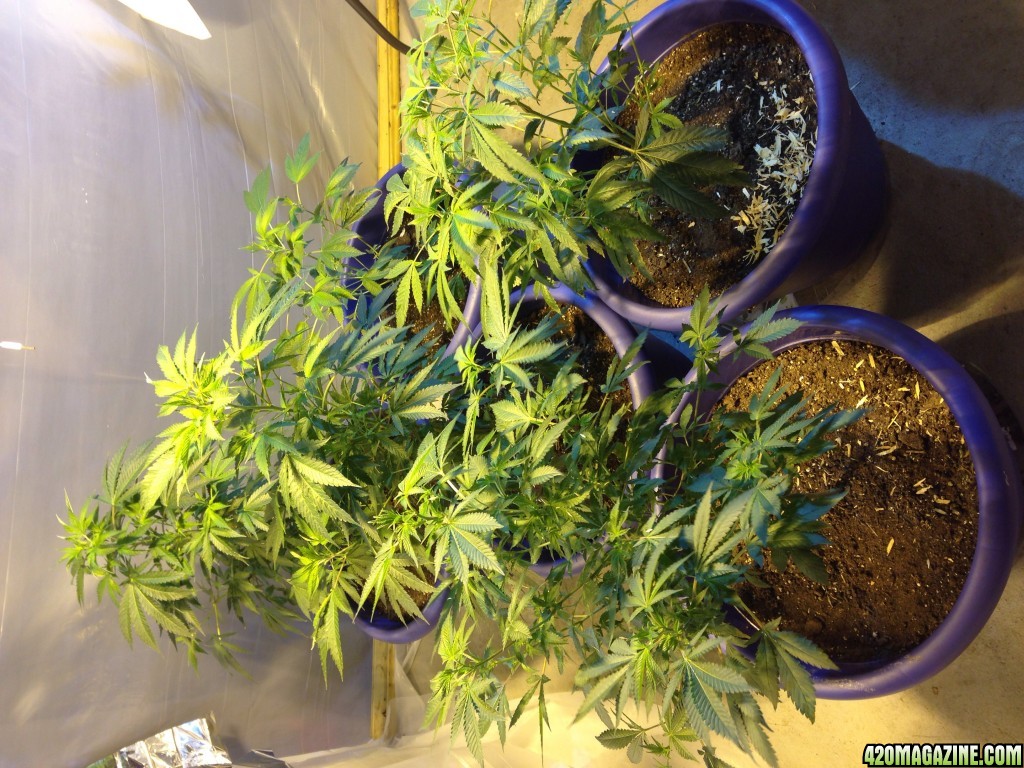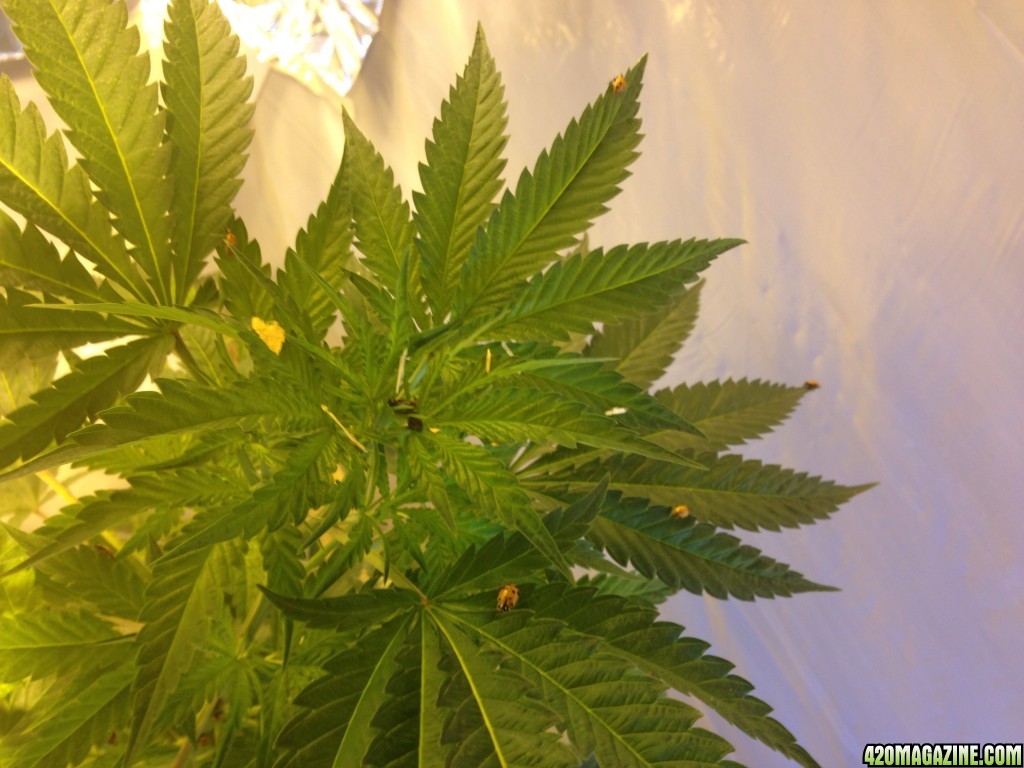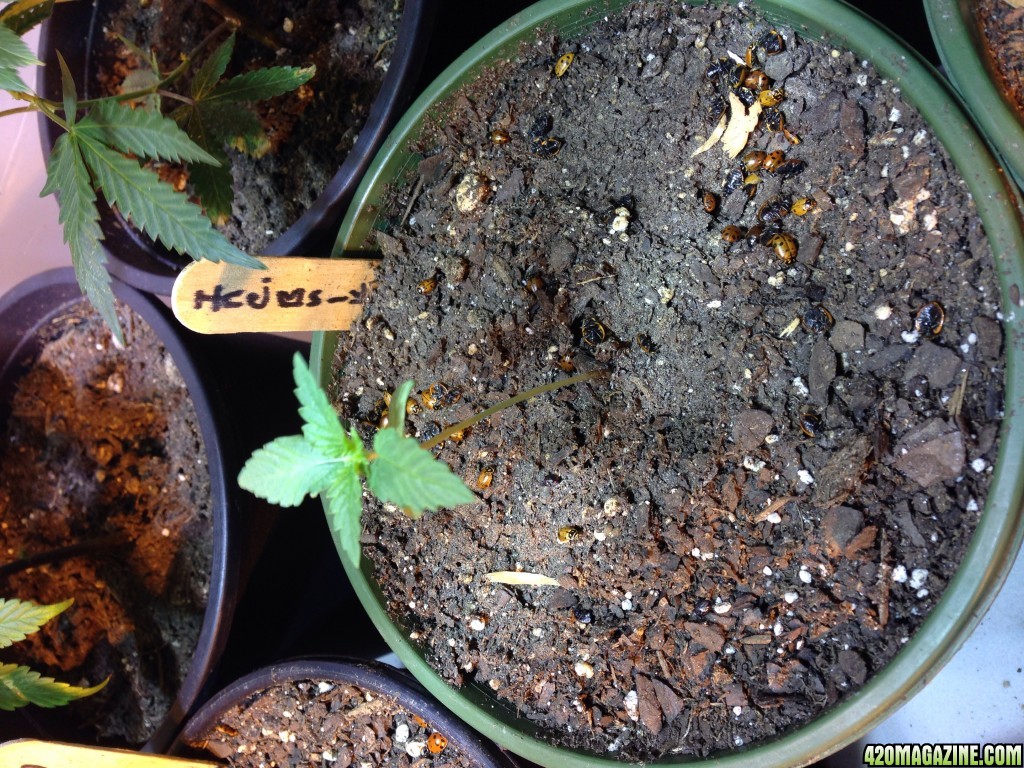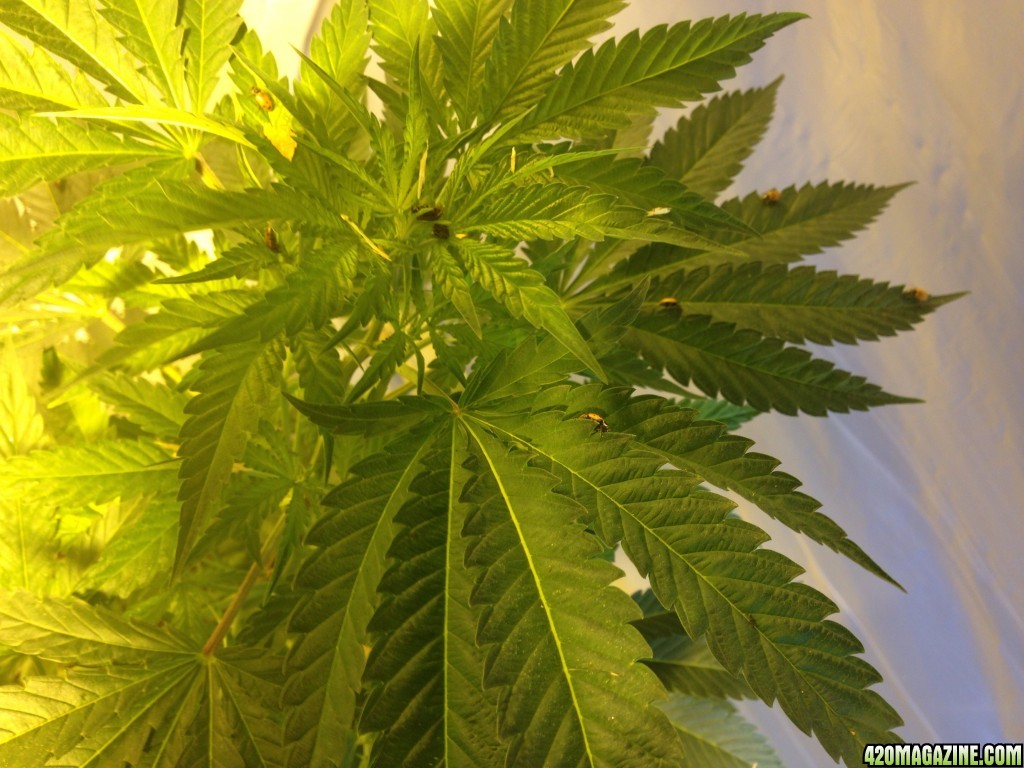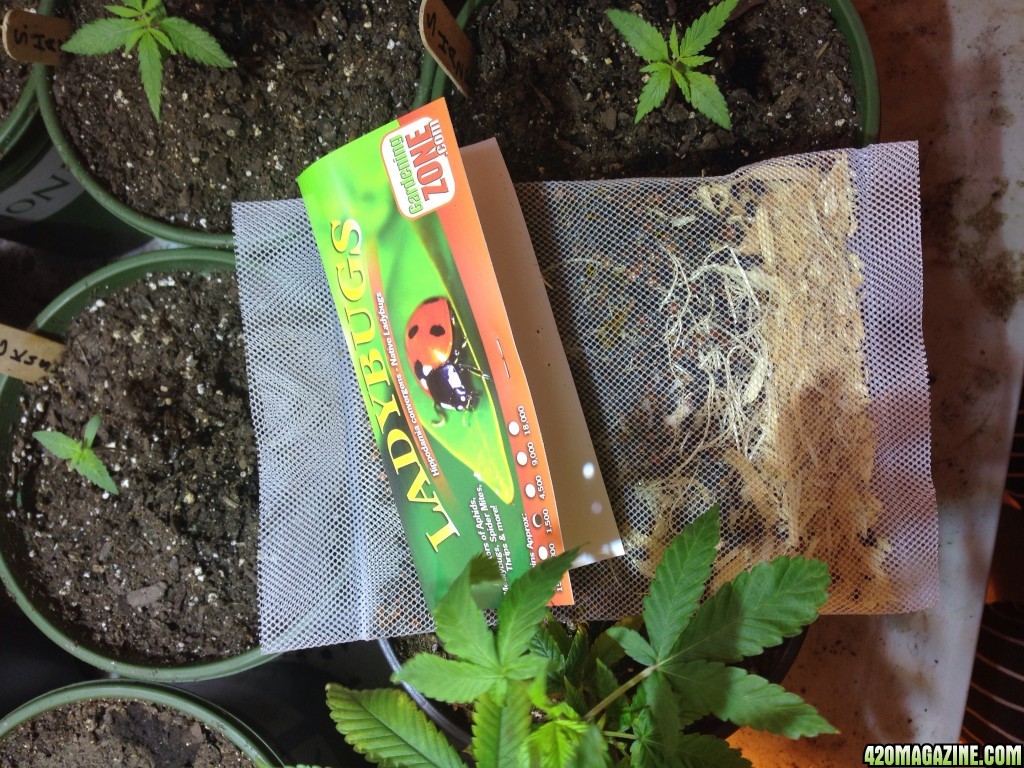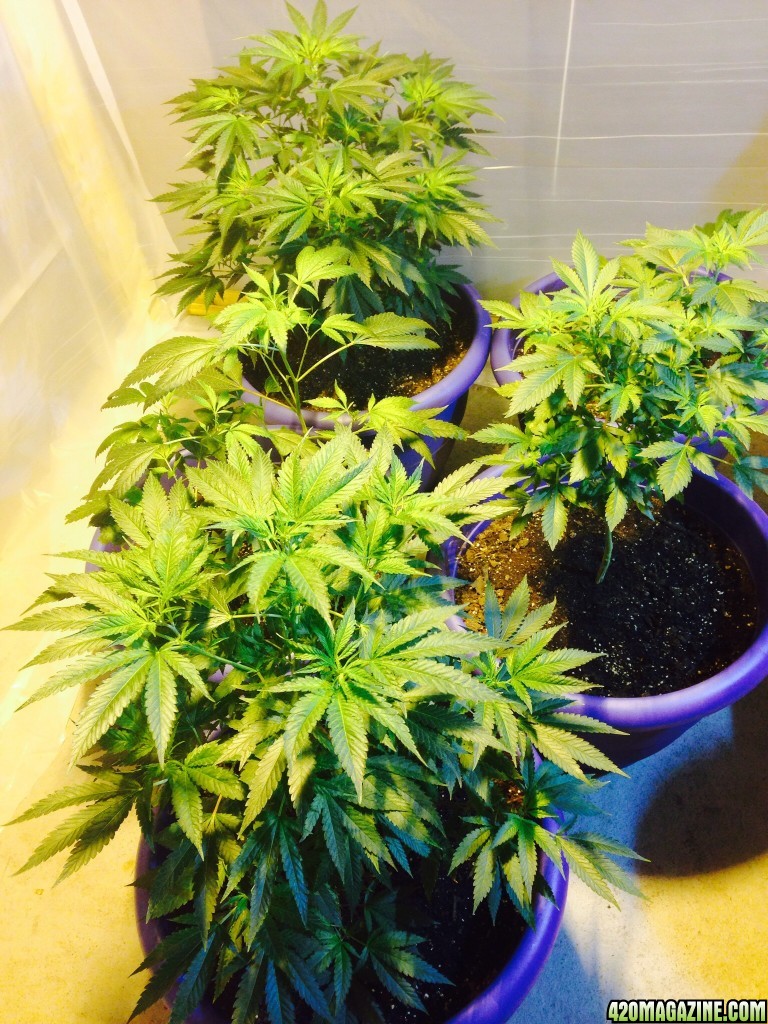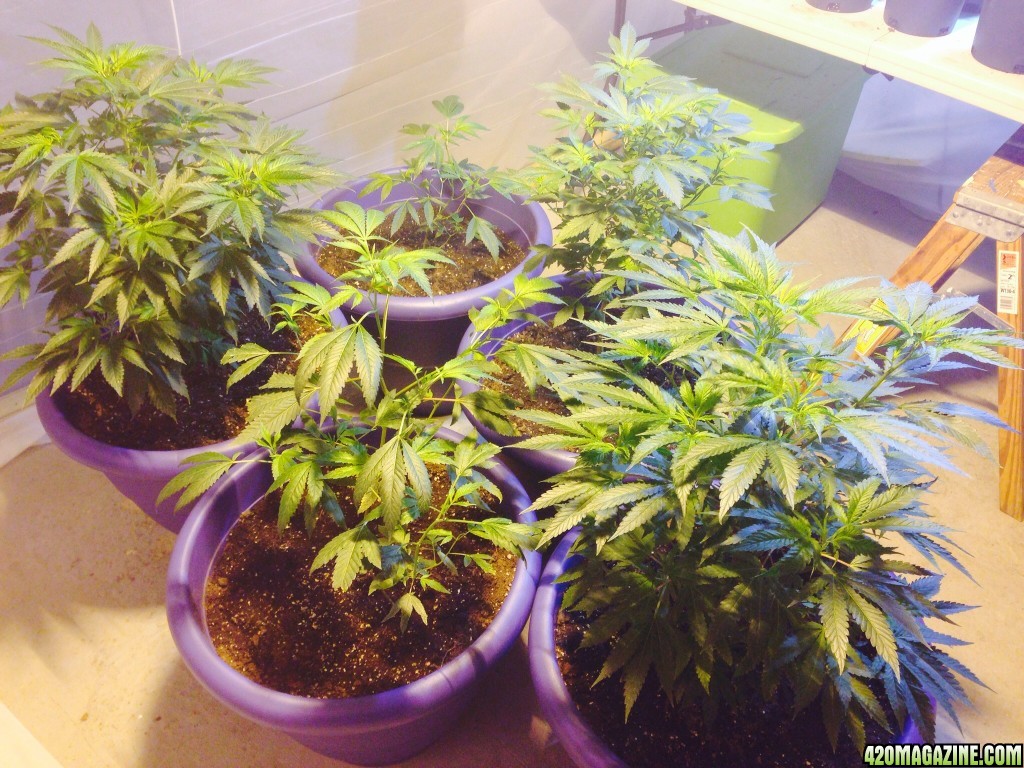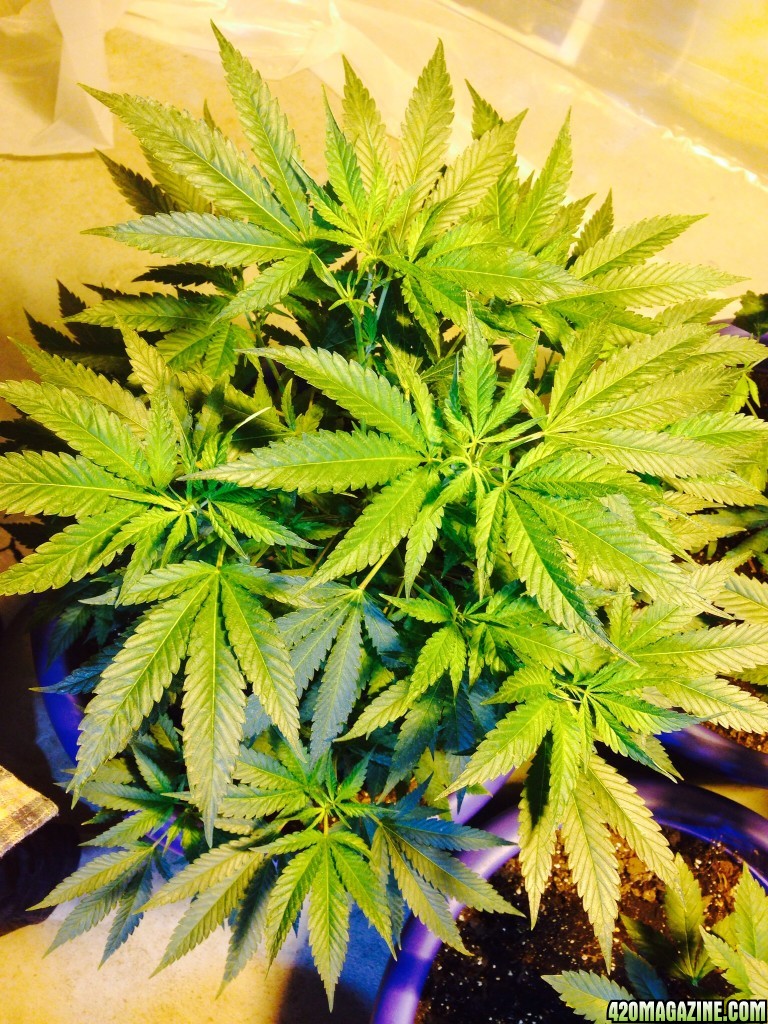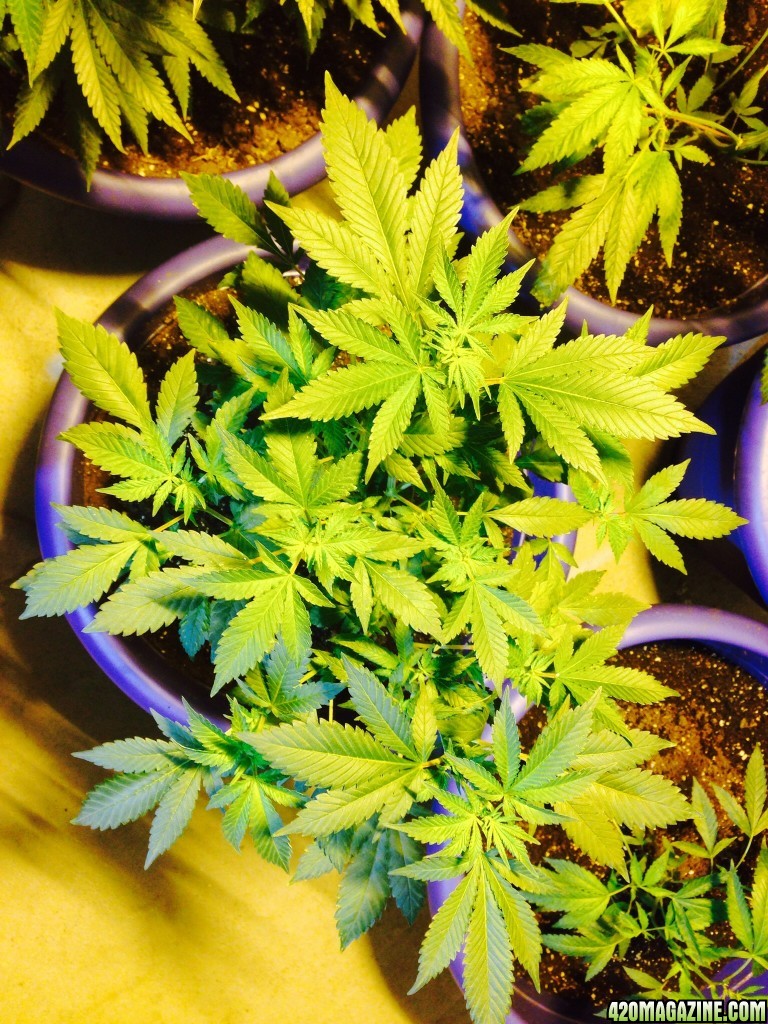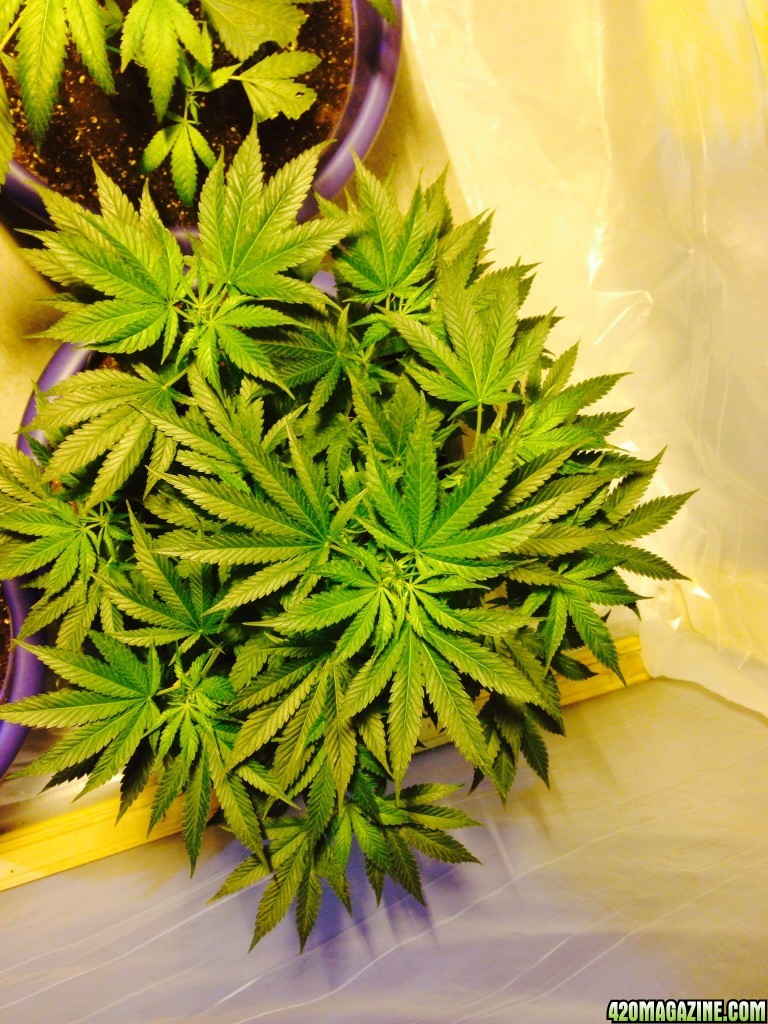Blueballavngr
New Member
Not a lot of followers In journal so I thought this would be an easier source for info regarding these. The stems r super vibrant on these leaves have grown this strain a couple times but haven't noticed the stems like this, maybe I overlooked because of excitement, but would rather catch something early. Any info would be great.
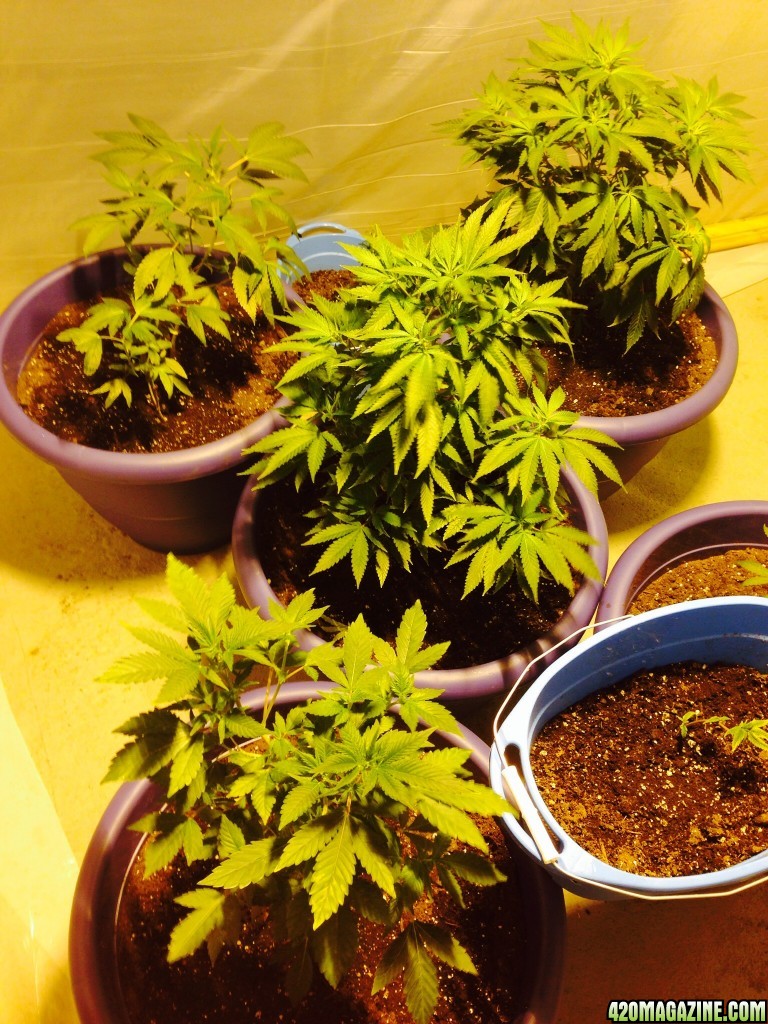
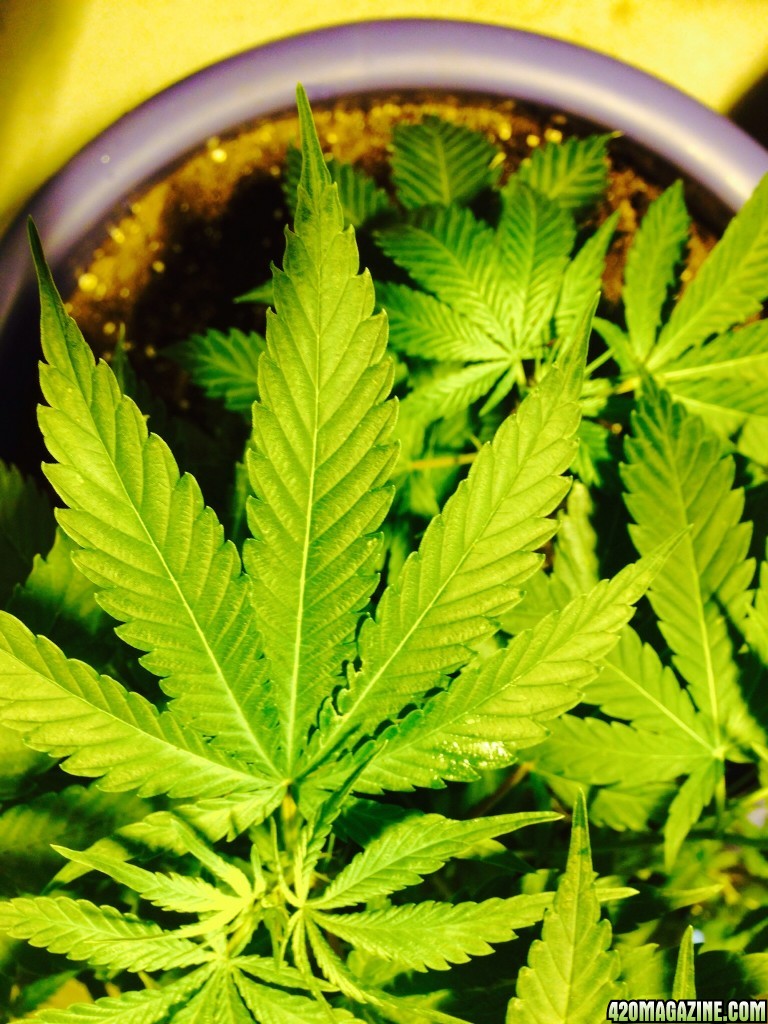
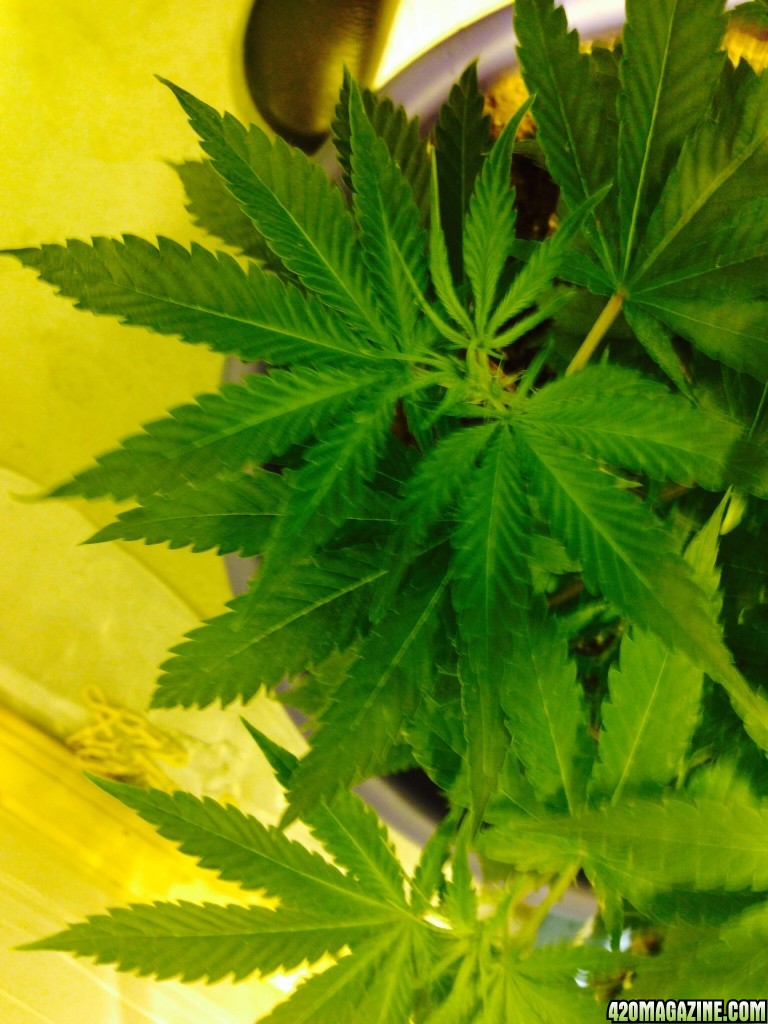
It's atomic nl
Recent transplant into a hot soil
It's drink of choice is tea



It's atomic nl
Recent transplant into a hot soil
It's drink of choice is tea




 :K ratio of about 10
:K ratio of about 10 8 (which of course is the same ratio as 20
8 (which of course is the same ratio as 20 16), and for flowering plants, 4
16), and for flowering plants, 4 8. Check the pH after adding nutrients. If you use a reservoir, keep it circulating and change it every 2 weeks. A general guideline for TDS levels is as follows:
8. Check the pH after adding nutrients. If you use a reservoir, keep it circulating and change it every 2 weeks. A general guideline for TDS levels is as follows: 
